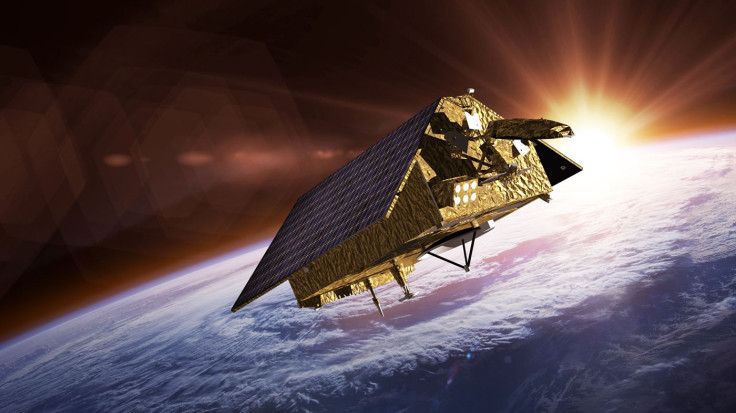International Ocean Observing Satellite Named After American Earth Scientist Michael Freilich
KEY POINTS
- NASA and its partners named their new satellite to honor Earth scientist Michael Freilich
- Freilich was a director at NASA for over a decade
- His work made contributions, not just to NASA, but to Earth science worldwide
On Jan. 28, NASA and its partners announced that the ocean observing satellite scheduled to launch via SpaceX Falcon 9 this coming fall will be named after Earth scientist Michael Freilich. It is the first time in history that an international satellite, which has a mission to study the Earth, is named after an American.
Sentinel-6 Michael Freilich
NASA, along with its domestic and international partners, is honoring the former head of NASA’s Earth Science Division by changing the name of satellite Sentinel-6 (JASON-CS) to Sentinel-6 Michael Freilich.
Freilich, who only retired from NASA in 2019, served as a director at the agency for over a decade. During his time at the agency, the pace of NASA’s Earth science mission launches, with objectives that span from research to technology development, increased in pace
In total, Freilich oversaw 16 successful major mission and instrument launches as well as eight CubeSat launches. His other contributions include pioneering the use of the International Space Station as a platform for Earth-observing instruments, and the use of data from the private sector and commercial partners to support and supplement government data.
With Freilich’s leadership, NASA was led to looking at new ways of carrying out critical missions and programs.
“Our suggestion to rename the mission to ‘Sentinel-6 Michael Freilich’ is an expression of how thankful we are to Mike. Without him, this mission as it is today would not have been possible,” European Space Agency (ESA) director of Earth Observation Programmes Josef Aschbacher said.
“You don’t name a satellite after somebody who just does the job,” Dr. Jack Kaye of NASA’s Earth Science Division noted.
Sentinel-6 Mission
The Sentinel-6 mission aims to continue high precision ocean measurements, collect high-resolution vertical temperature profiles and, continue space-based sea-level changes using two satellites: Sentinel-6A Michael Freilich, which will launch this year, and Sentinel-6B, which is set to launch after five years. These satellites will replace older satellites to introduce new monitoring technologies and make sure that there will be no data gaps in land, ocean and atmospheric monitoring.
NASA’s partners for the mission are the ESA, the National Oceanic and Atmospheric Administration, the European Commission and the European Organisation for the Exploitation of Meteorological Satellites.
It is only the second mission to be named after a person who is still alive. The first one was in 2017 when NASA renamed the Solar Probe Plus spacecraft to Parker Solar Probe after Eugene Parker, the professor who accurately predicted the existence of solar wind.

© Copyright IBTimes 2025. All rights reserved.






















